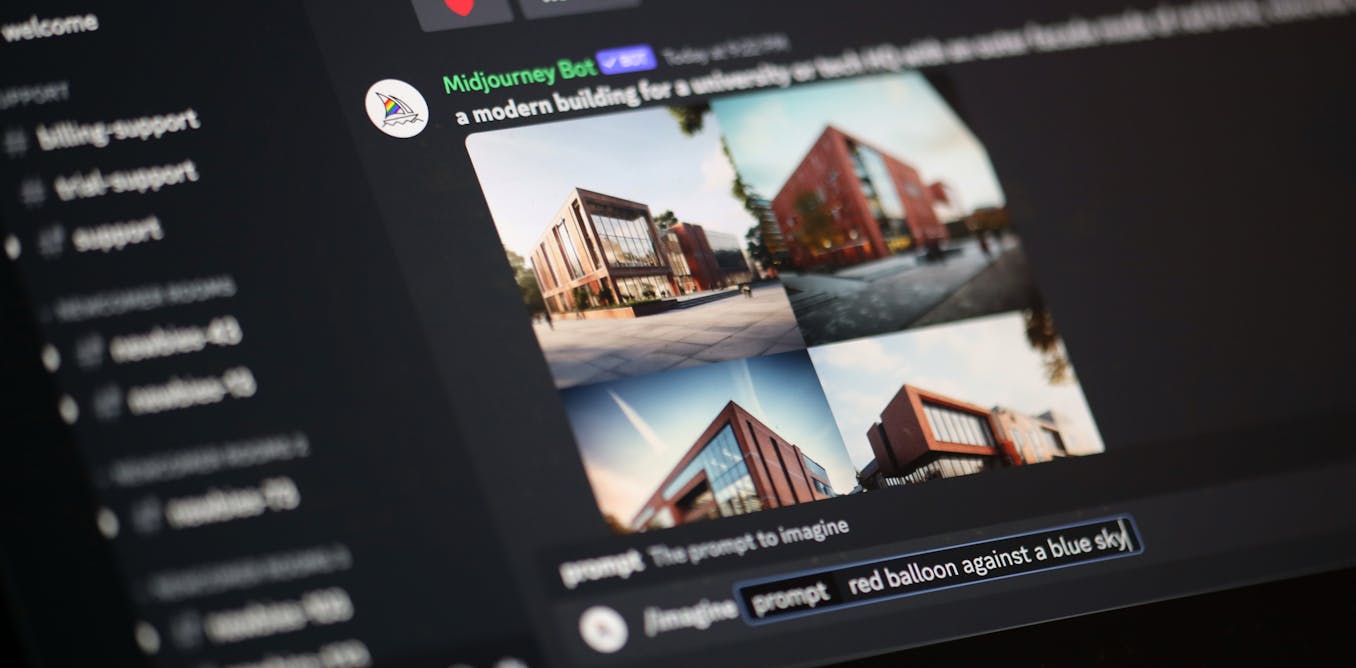man I would love to animate my own art. I’m a musician too.. could do my own visualizer.
Makes me wanna learn C# and unity. I could do my own game + cutscenes
Ai can definitely be an equalizer for the working man.. at least until it takes over
stability-ai/stable-video-diffusion – Run with an API on Replicate
SVD is a research-only image to video model














 idk why that's what people are pushing for, use that shyt to handle all of the boring tedious aspects of adult life instead so everyone can enjoy actually having enough free time to do creative hobbies
idk why that's what people are pushing for, use that shyt to handle all of the boring tedious aspects of adult life instead so everyone can enjoy actually having enough free time to do creative hobbies